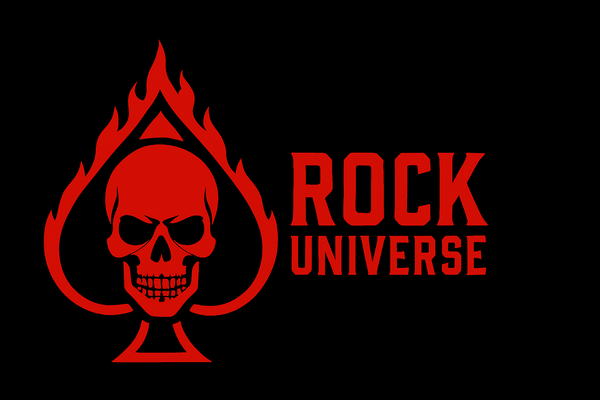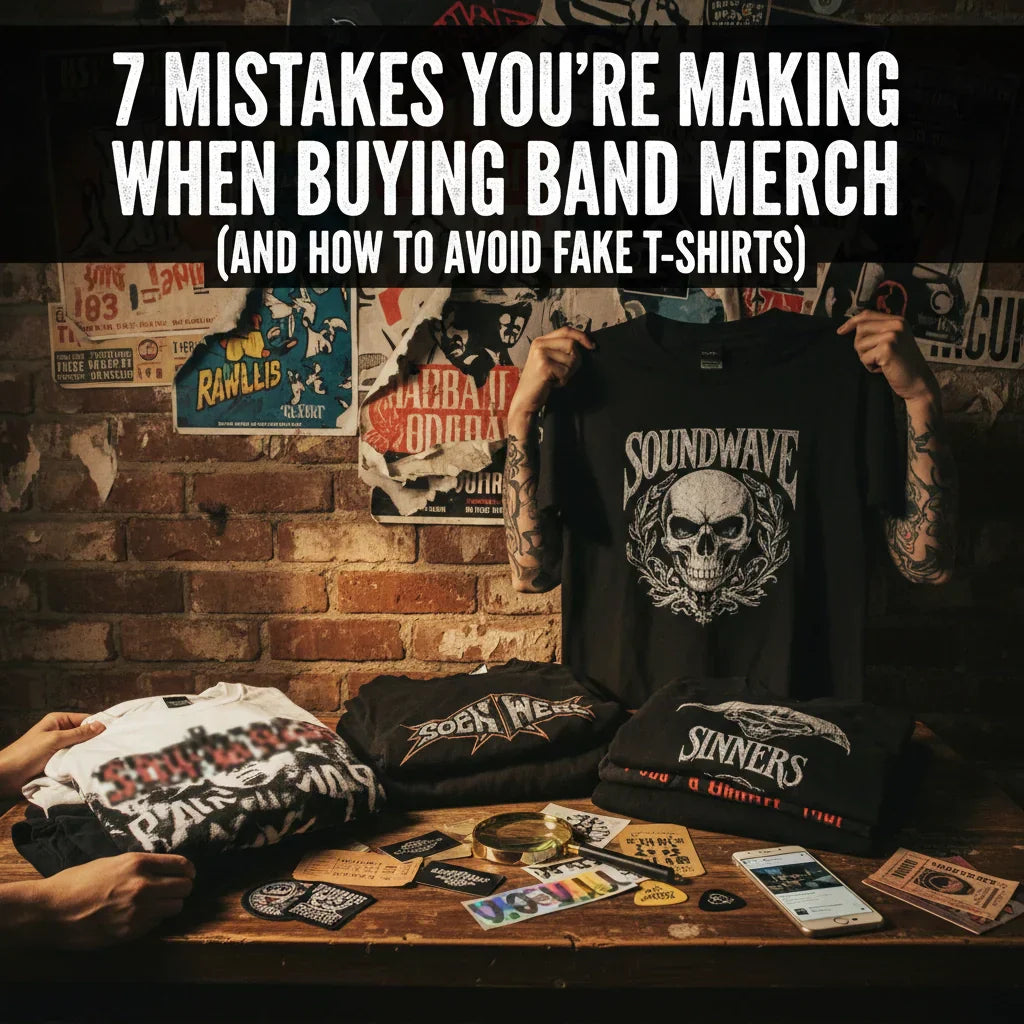
7 Mistakes You're Making When Buying Band Merch (And How to Avoid Fake T-Shirts)
Share
We get it. You're at a gig, the energy's electric, and you want something to remember the night by. Or maybe you're scrolling online at 2am, desperate to snag that limited edition tee before it sells out. But hold up – the band merch world is absolutely riddled with fakes, dodgy dealers, and quality disasters waiting to happen.
Here's the thing: buying the wrong band merch isn't just about wasting your money (though trust us, nobody wants a £30 t-shirt that falls apart after one wash). When you buy fake merch, you're basically giving your cash to counterfeiters instead of the bands you actually want to support. Not cool.
So let's sort this out once and for all. Here are the seven biggest mistakes people make when buying band merch, and exactly how to avoid them.
1. Shopping from Sketchy Sources Without Doing Your Homework
This is the big one. You see a "too good to be true" deal on some random website or marketplace seller, and before you know it, you've handed over your card details to someone who's about to send you a knockoff that looks like it was printed on a napkin.
The fix: Always start with the official sources. Check the band's website first, then look for authorized retailers. If you're buying from third-party sellers on platforms like eBay or Depop, dig into their reviews and sales history. A seller with hundreds of positive reviews and clear photos of actual products? Probably fine. A brand new account with stock photos and zero feedback? Run.
Look for official partnerships too. Legitimate retailers like Rock Universe source all stock exclusively from Rockoff Trade, the official distributor, to ensure authenticity. We're not saying this to blow our own trumpet – it's just how the system works when everyone's doing things properly.
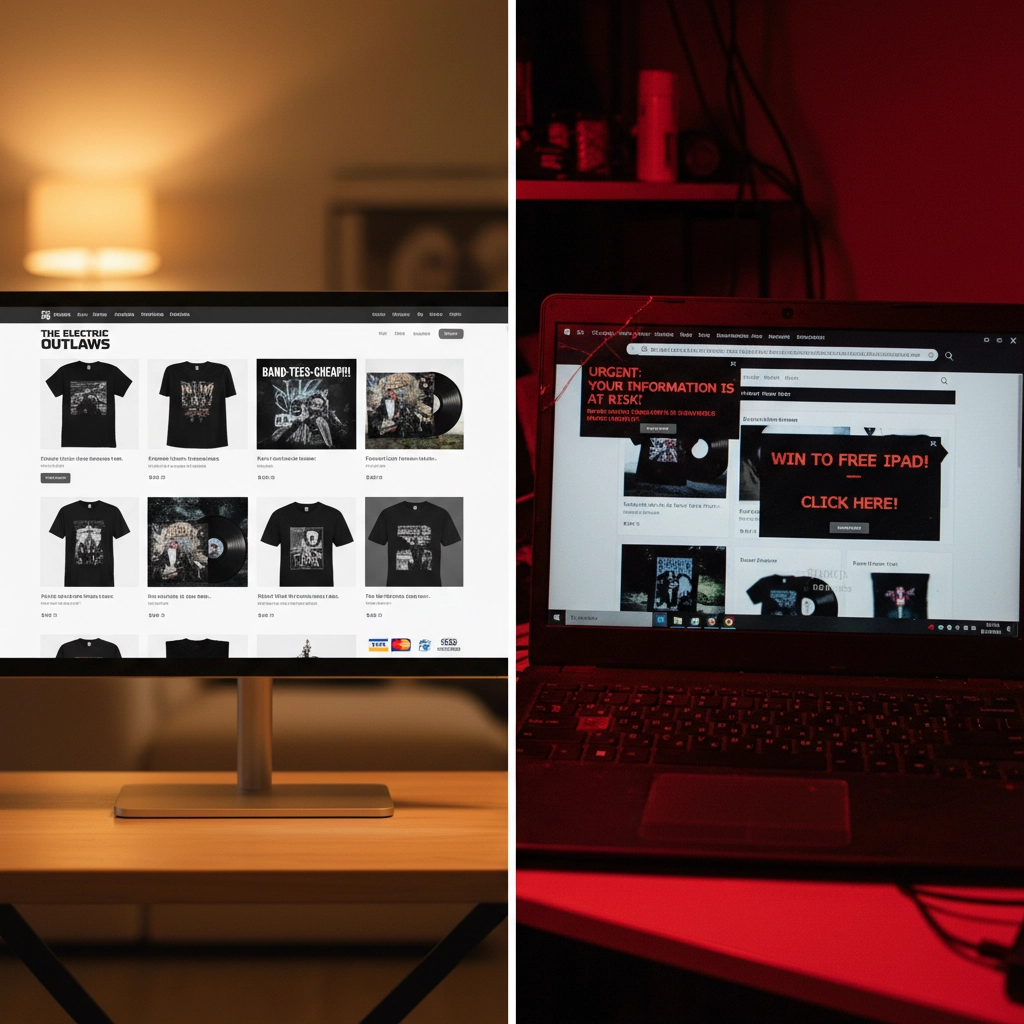
2. Getting Sucked In by Ridiculously Low Prices
You know that feeling when you see a £15 band tee that usually costs £35, and your brain goes "BARGAIN!" Yeah, that's usually your first warning sign that something's not right.
The reality check: Authentic band merchandise has pretty consistent pricing across authorized retailers. There might be sales or end-of-line discounts, but if someone's flogging official tour merch for a fraction of the going rate, they're either selling stolen goods or counterfeits.
This is especially obvious at gigs. See someone outside the venue selling band shirts from a car boot? Those aren't official. The real merch is inside at the official stall, usually staffed by the band's crew or venue personnel.
3. Ignoring Dodgy Designs and Artwork
Counterfeiters are notorious for getting the details wrong. Sometimes it's obvious – like using the wrong font or completely botching the band's logo. Other times it's subtler, but still a dead giveaway if you know what to look for.
What to watch for: Compare any design to the official version on the band's website or social media. Look for crisp, high-quality graphics without pixelation or weird color issues. Check for typos (yes, really – fake merch often has spelling mistakes), and make sure the band's logo looks exactly right.
Another red flag? Designs that don't match the band's current era or aesthetic. If you're seeing merch that looks like it was designed in 2005 for a band that's moved on stylistically, it's probably unofficial.
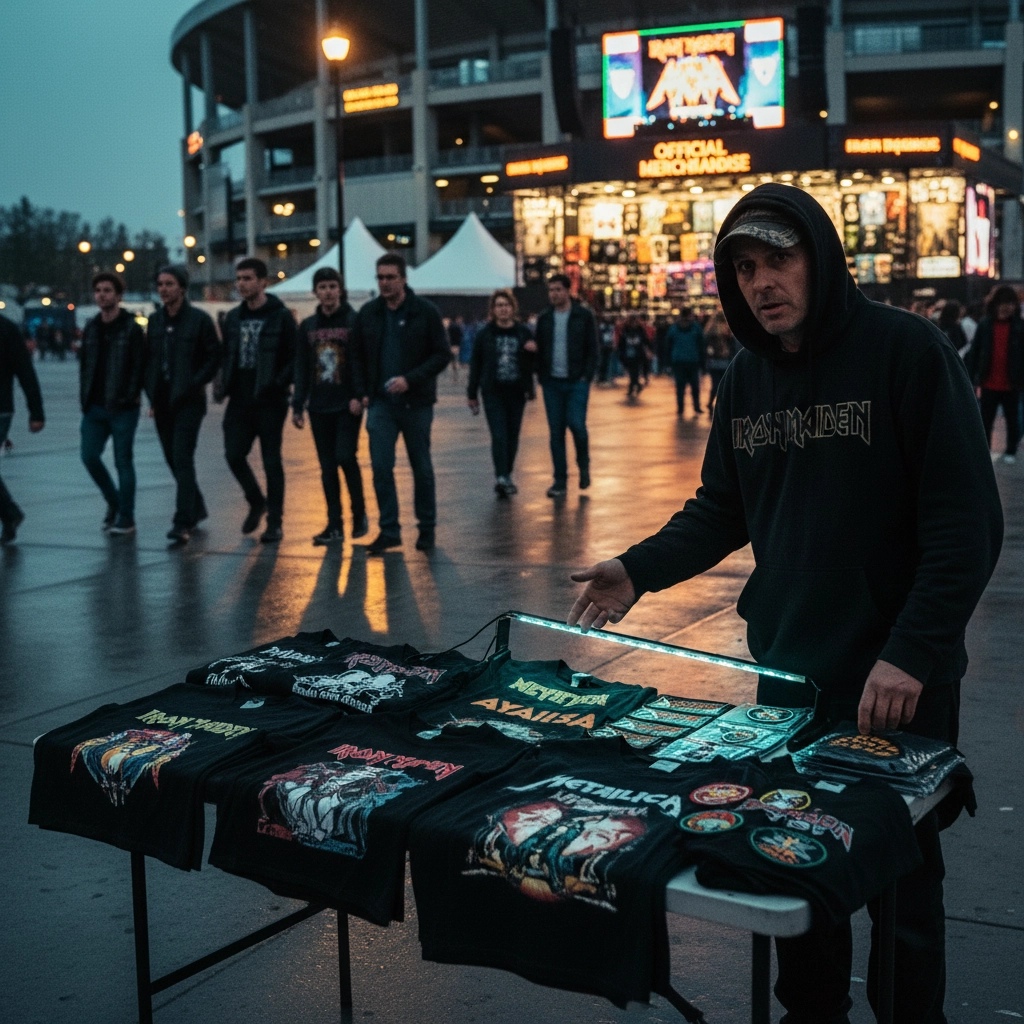
4. Overlooking Quality Red Flags in the Actual Product
Here's where things get physical. Authentic band merch is made to last because bands know their fans want to wear these shirts for years. Counterfeits? Not so much.
Feel the fabric: Official merch won't use paper-thin t-shirts that lose their shape after one wash. The fabric should feel substantial, and the cut should be proper – not weirdly proportioned or clearly using cheap blanks.
Check the printing: The design should feel smooth and well-integrated into the fabric, not like a sticker that's been stuck on top. Screen printing should be even and consistent, not patchy or prone to cracking.
Look at the stitching: Professional construction means straight seams, proper hem finishing, and no loose threads everywhere. If the shirt looks like it was put together in someone's garage, it probably was.
5. Not Checking Tags and Labels Properly
This one's a bit nerdy, but it's incredibly useful for spotting fakes. Authentic merchandise comes with proper labeling that counterfeiters often get wrong or skip entirely.
Size tags: Here's a weird one that actually works – if the size tag is cut in the middle, it's a red flag. This happens when bootleggers buy defective blank shirts in bulk from suppliers. Legitimate merch won't have manufacturing defects like this.
Brand tags: Look for official tags that include the band's branding, tour information, or licensing details. Many authentic items will have specific care instructions or copyright information that fakes simply don't bother with.
Hang tags: Official merch often comes with hang tags that include tour dates, album information, or other band-specific details. Generic or missing hang tags can indicate unofficial products.
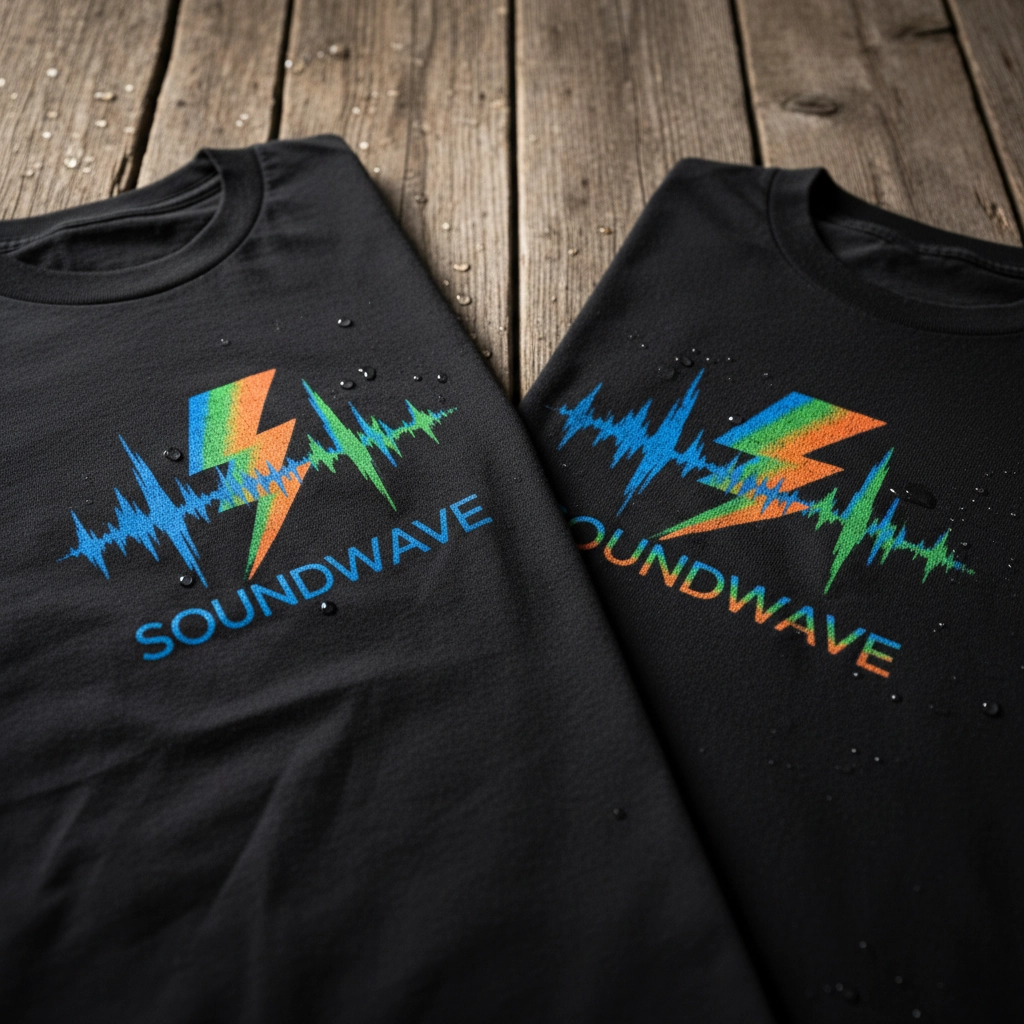
6. Buying Multi-Band Tour Merchandise
This mistake catches loads of people out, especially at festivals. You see a shirt with all the bands from a tour listed on it, and think "brilliant, I get to rep all my favorites at once!"
The problem: Bands rarely sign off on sharing merchandise space to split profits. Official tour merch is typically designed to feature the headliner or a specific band, not every act on the bill.
The exception: Sometimes festivals or multi-band events do produce official merchandise featuring multiple acts, but these are usually clearly marked as festival merchandise rather than band merchandise, and they're sold through official festival channels.
7. Not Researching Limited Edition and Tour-Specific Items
Limited edition releases and tour-specific merchandise are goldmines for counterfeiters because fans are desperate to get their hands on them, often without taking the time to verify authenticity.
Do your homework: Before a show, check what official tour merchandise is actually available. Many bands post photos of their merch setup on social media, so you'll know what to expect.
Numbered items: If something claims to be a limited edition with numbering, verify that this is actually how the band is releasing it. Fake "limited edition" items are everywhere.
Tour dates: Legitimate tour merchandise includes accurate tour dates and venue information. If the dates are wrong or the venues don't match the actual tour, it's fake.
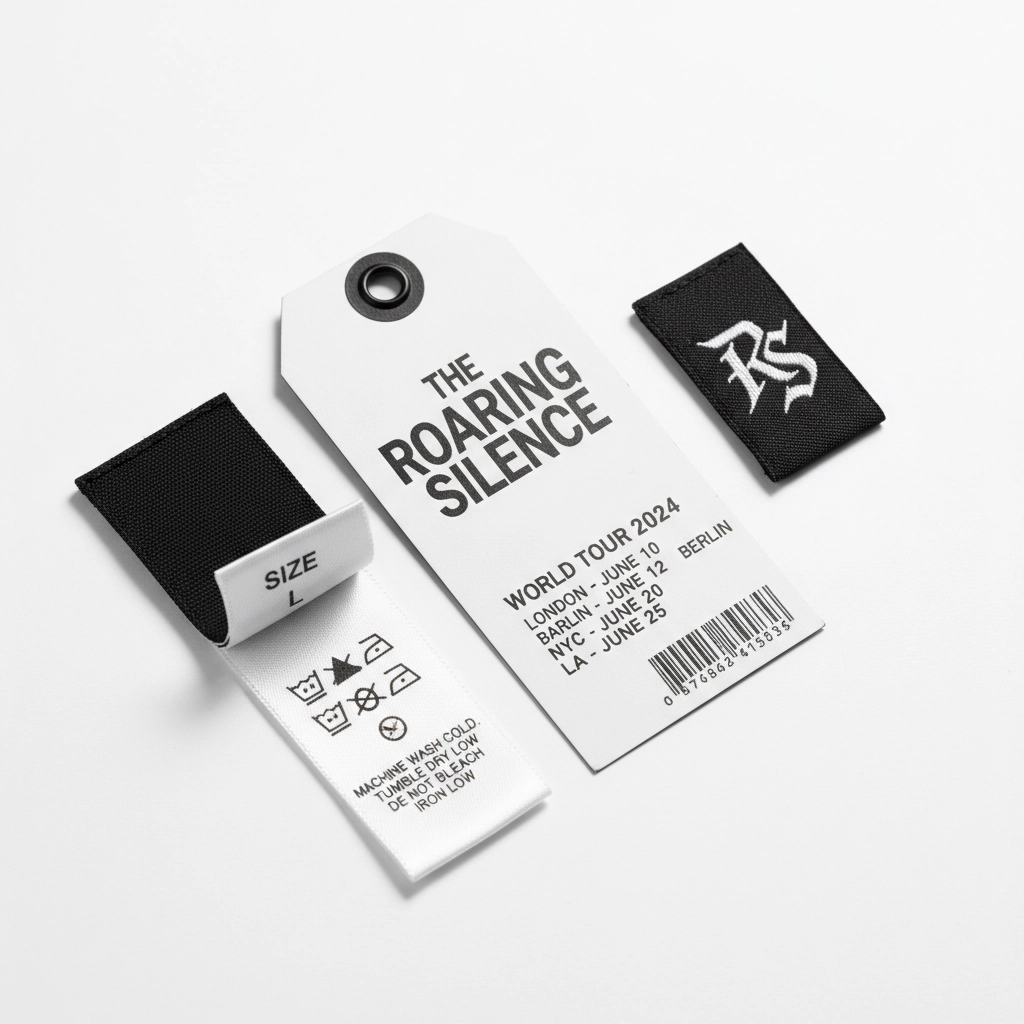
Why This Actually Matters
Look, we're not trying to be the fun police here. But buying authentic band merch isn't just about getting a quality product (though that's obviously important). Many touring musicians rely heavily on merchandise sales to actually make a living. Streaming pays peanuts, and tour costs have gone through the roof.
When you buy fake merch, you're essentially taking money away from the artists you want to support and giving it to counterfeiters instead. Plus, you end up with a product that'll probably fall apart in six months.
The Bottom Line
Avoiding fake band merch isn't rocket science, but it does require a bit of common sense and due diligence. Stick to official sources, be suspicious of deals that seem too good to be true, and actually examine the product before you buy it.
At Rock Universe, we source all stock exclusively from Rockoff Trade, the official distributor, to stock only authentic items. It might cost a bit more than the dodgy alternatives, but at least you know your money's going to the right place – and you'll actually get something worth wearing.
Remember: good band merch should last for years and still look decent. If you're buying something that barely survives its first wash, you're doing it wrong.
